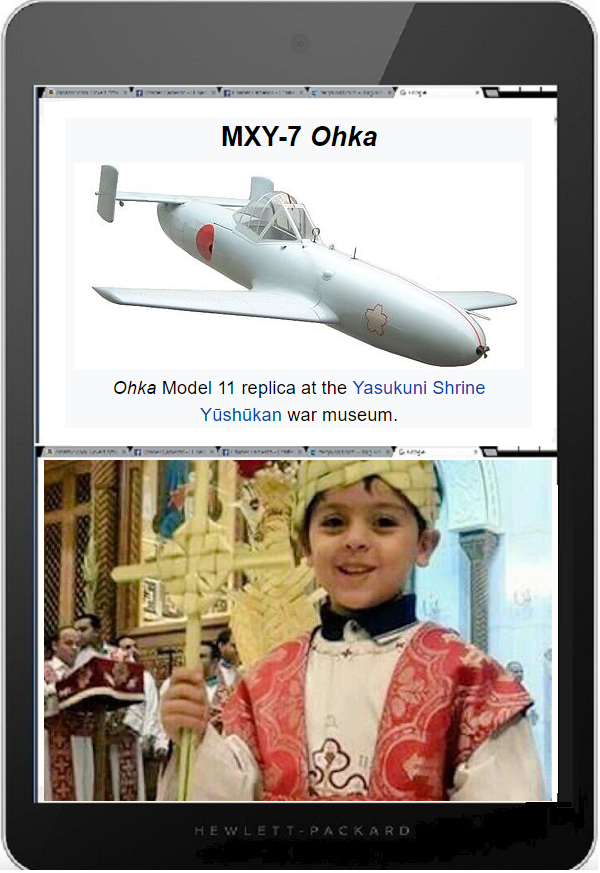JM Berger’s latest, 2
Friday, April 21st, 2017[ by Charles Cameron — rushing to keep up with the prolific JM ]
.
JM Berger sets his latest work in context:
My new paper https://t.co/HwOXkfAqkt is a good opportunity to spotlight @ICCT_TheHague's amazing CT Strategic Communications Project.
— J.M. Berger (@intelwire) April 21, 2017
.@ICCT_TheHague ICCT's acting director @reed_alastair has assembled and led an incredible team, including @haroro_ingram, @CraigAWhiteside, @charliewinter
— J.M. Berger (@intelwire) April 21, 2017
.@ICCT_TheHague @reed_alastair @haroro_ingram @CraigAWhiteside @charliewinter Over the last year, the CT Strategic Communications Project has put out an impressive body of work. https://t.co/8lb84NvmI7
— J.M. Berger (@intelwire) April 21, 2017
.@ICCT_TheHague @reed_alastair @haroro_ingram @CraigAWhiteside @charliewinter I feel @ICCT_TheHague's CT Strategic Communications Project is publishing work that really changes the conversation about CT/CVE messaging.
— J.M. Berger (@intelwire) April 21, 2017
.@ICCT_TheHague @reed_alastair @haroro_ingram @CraigAWhiteside @charliewinter A few highlights from the last year:
— J.M. Berger (@intelwire) April 21, 2017
.@ICCT_TheHague @reed_alastair @haroro_ingram @CraigAWhiteside @charliewinter In May, my first paper for @ICCT_TheHague, Making CVE Work: A Focused Approach Based on Process Disruption https://t.co/2oQcHvCQJc
— J.M. Berger (@intelwire) April 21, 2017
.@ICCT_TheHague @reed_alastair @haroro_ingram @CraigAWhiteside @charliewinter In June, from @haroro_ingram, the epic A Brief History of Propaganda During Conflict https://t.co/XEvSYSJl9t
— J.M. Berger (@intelwire) April 21, 2017
.@ICCT_TheHague @reed_alastair @haroro_ingram @CraigAWhiteside @charliewinter Also in June, from @haroro_ingram, Lessons from History for Counter-Terrorism Strategic Communications https://t.co/RPeWad70IT
— J.M. Berger (@intelwire) April 21, 2017
.@ICCT_TheHague @reed_alastair @haroro_ingram @CraigAWhiteside @charliewinter In August, from me, Promoting Disengagement from Violent Extremism https://t.co/EHPGl4R1NI
— J.M. Berger (@intelwire) April 21, 2017
.@ICCT_TheHague @reed_alastair @haroro_ingram @CraigAWhiteside @charliewinter September, from me, The Turner Legacy: The Storied Origins and Enduring Impact of White Nationalism’s Deadly Bible https://t.co/tTpeCkWajy
— J.M. Berger (@intelwire) April 21, 2017
.@ICCT_TheHague @reed_alastair @haroro_ingram @CraigAWhiteside @charliewinter .@haroro_ingram, Deciphering the Siren Call of Militant Islamist Propaganda: Meaning Credibility & Behavioral Change https://t.co/e5kVz82FBJ
— J.M. Berger (@intelwire) April 21, 2017
.@ICCT_TheHague @reed_alastair @haroro_ingram @CraigAWhiteside @charliewinter November, from @CraigAWhiteside, Lighting the Path: the Evolution of the Islamic State Media Enterprise (2003-2016) https://t.co/TX4clAnOxy
— J.M. Berger (@intelwire) April 21, 2017
.@ICCT_TheHague @reed_alastair @haroro_ingram @CraigAWhiteside @charliewinter From @haroro_ingram, A Linkage-Based Approach to Combating Militant Islamist Propaganda: Framework for Practitioners https://t.co/LOOPZom3GQ
— J.M. Berger (@intelwire) April 21, 2017
.@ICCT_TheHague @reed_alastair @haroro_ingram @CraigAWhiteside @charliewinter In February, from @charliewinter, War by Suicide: A Statistical Analysis of the Islamic State’s Martyrdom Industry https://t.co/dxVrQ5VDDW
— J.M. Berger (@intelwire) April 21, 2017
.@ICCT_TheHague @reed_alastair @haroro_ingram @CraigAWhiteside @charliewinter In March, from @reed_alastair, the provocative IS Propaganda: Should We Counter the Narrative? https://t.co/ICk3ZkOZfS
— J.M. Berger (@intelwire) April 21, 2017
.@ICCT_TheHague @reed_alastair @haroro_ingram @CraigAWhiteside @charliewinter And just this month: James Garrison on Iraq's Popular Mobilization Messaging https://t.co/CiaEJNdE9u
— J.M. Berger (@intelwire) April 21, 2017
.@ICCT_TheHague @reed_alastair @haroro_ingram @CraigAWhiteside @charliewinter Also in April, from @haroro_ingram, The “Linkage-Based” Approach: Conceptual and Empirical Foundations https://t.co/gtb1TuB5SZ
— J.M. Berger (@intelwire) April 21, 2017
Extraordinary!







